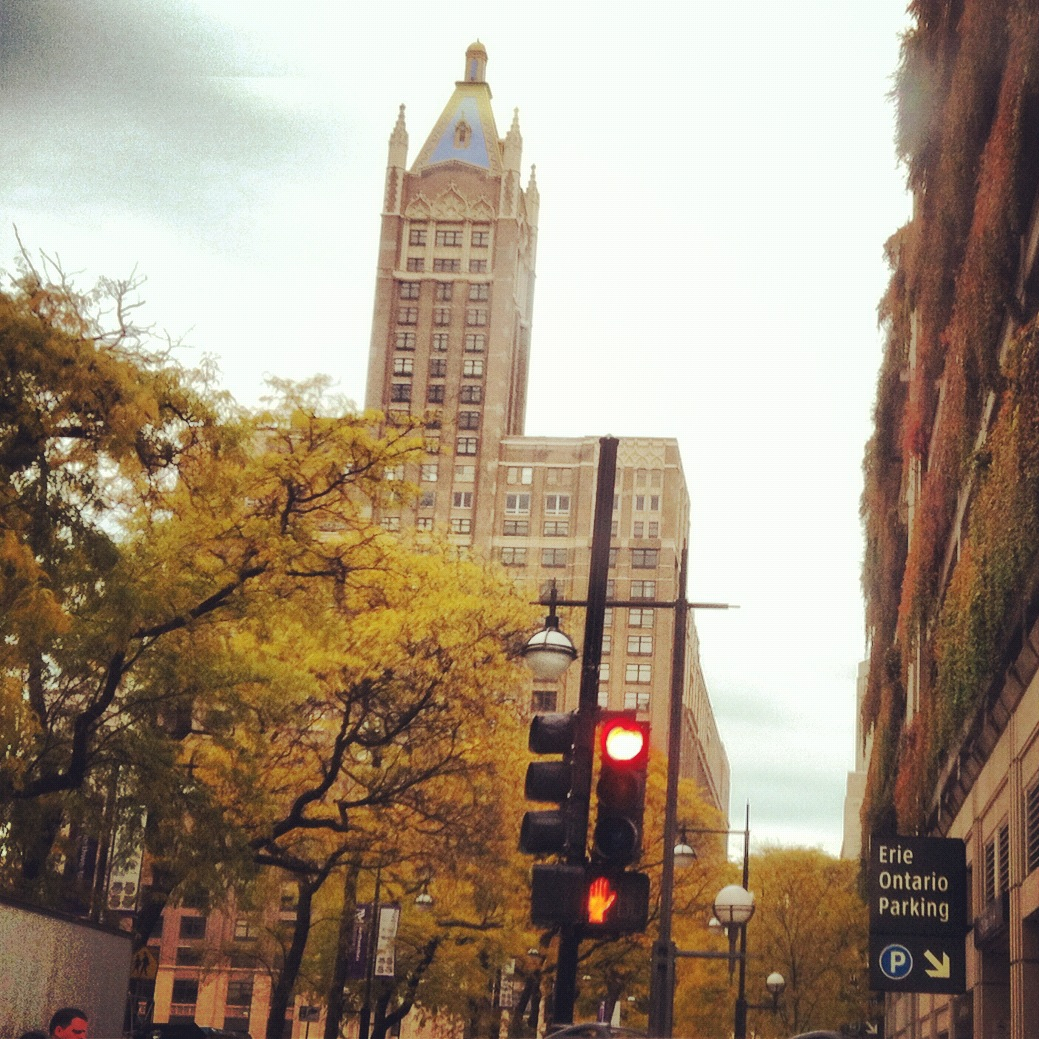Rick Kogan essay: Two men named ‘Cap’ and how Streeterville got its name
By Rick Kogan

Rick Kogan essay: Two men named ‘Cap’ and how Streeterville got its name
By Rick Kogan
I have lived in the Gold Coast, Old Town, Lincoln Park, New Town, DePaul, Boys Town, Hyde Park and now I live and work and love in Streeterville.
Unlike other neighborhoods with dull or obvious names — Fernwood, Edgewater, Grand Crossing, Greek Town — Streeterville’s got a colorful pedigree, owing its name to a wild man and the woman he loved.
On Navy Pier there is a boat named for him and this morning a bunch of school kids were standing in front of it and listening to their teachers say, “Cap Streeter? Well, he was a famous baseball player for the Chicago White Sox.”
Well, that would be wrong.
Cap Streeter’s real name was George Wellington Streeter and he did not play baseball and he was born near Flint, Michigan, in 1837.

Cap and Ma Streeter (her real name was Maria). And he was first called “Cap” when he maneuvered boats up and down the Mississippi. He moved from river to lake — and in 1886 his boat, The Reutan, hit a sand bar in Lake Michigan off what is now Superior Street…or so he claimed.
Cap and Ma, having nothing better to do, decided to stay put. In time, silt gathered around the boat and eventually connected it to the shore. Then the city began dumping stuff into the water to make land on which to build Lake Shore Drive.
This created 186 acres of new territory. Streeter claimed rights to this new land and was willing to defend it, a shotgun in one hand and a bottle of whiskey in the other.
This new neighborhood quickly filled with prostitutes, gamblers and drunks and they helped the Streeters fight the police department’s many attempts to evict them.
Eventually the couple tired of the brawls and moved to Indiana, where Cap died in 1921.
The John Hancock building is, of course, named for the man who put the most flamboyant signature on the Declaration of Independence.
It sits in Streeterville, as do so many other fine buildings and restaurants and hotels and the place I live and I hope that some teacher somewhere is getting it right.
The teacher I saw and heard this morning was close. A man named Adrian “Cap” Anson did play for the White Stockings for a time. He was the first person to get 3,000 hits. He was also a man who refused to take the field if there were black players on the opposing team.
So Cap Streeter, drunk and crazy man, or Cap Anson, racist? I’ll take Cap Streeter any day.
